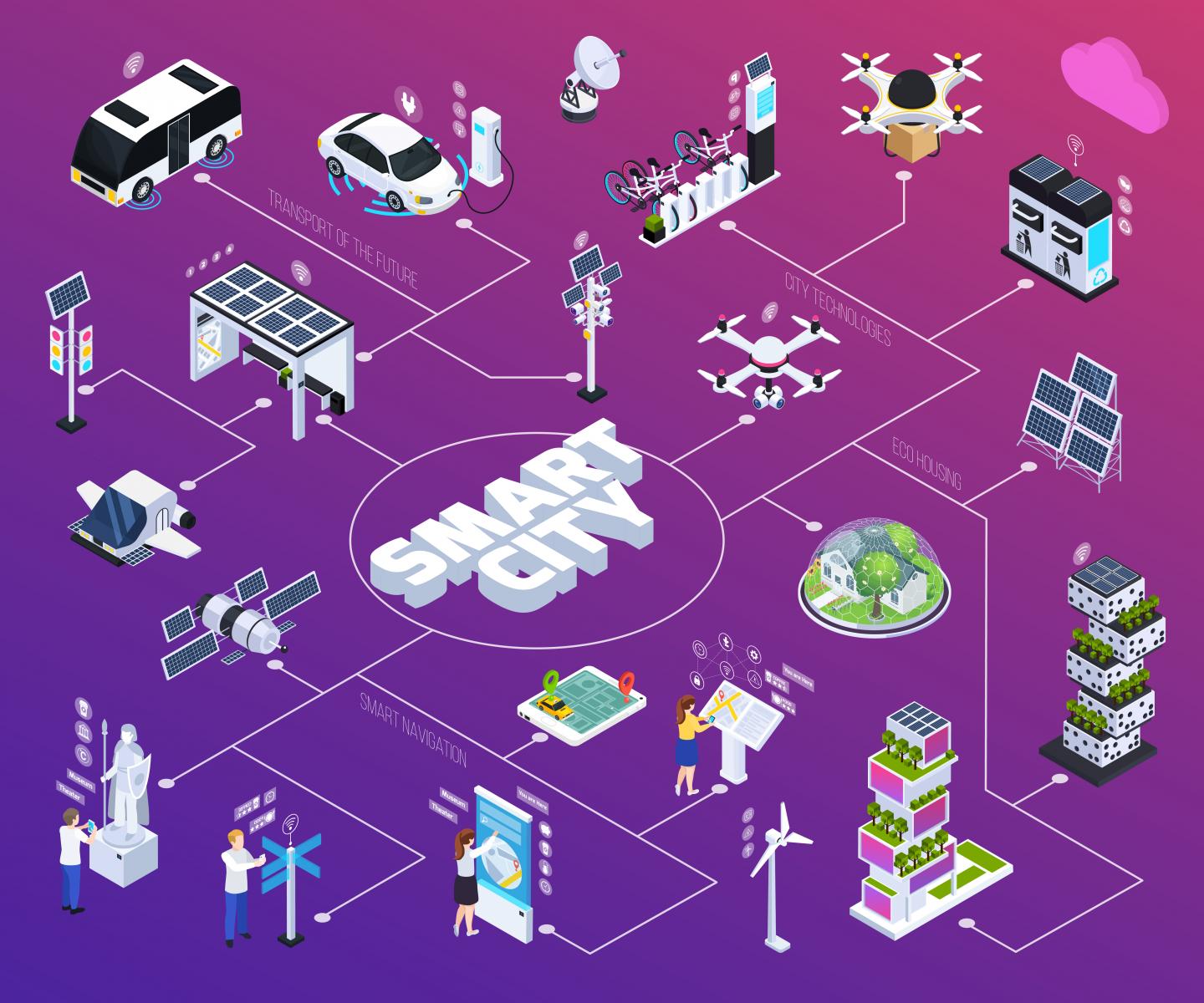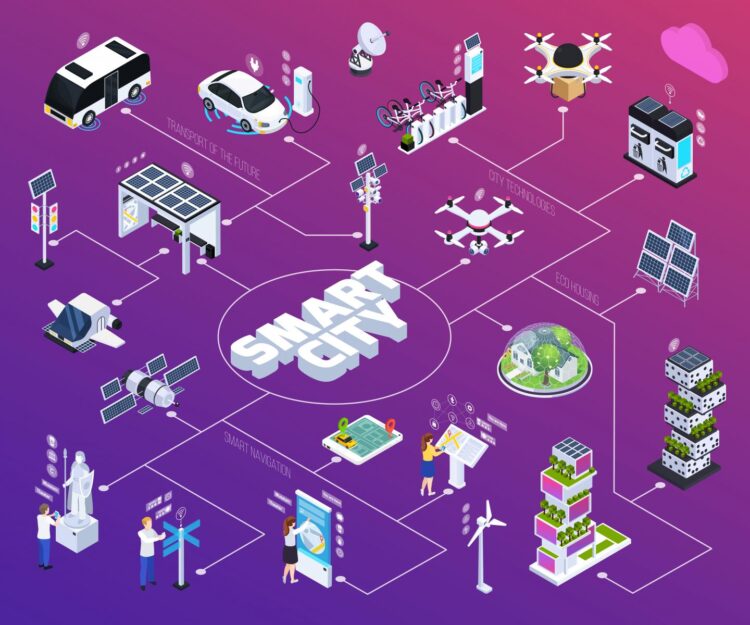Researchers introduce a 5G-enabled, AI-based emotion detection system and discuss its operation, applications, and potential security issues

Credit: macrovector on Freepik
With the advent of 5G communication technology and its integration with AI, we are looking at the dawn of a new era in which people, machines, objects, and devices are connected like never before. This smart era will be characterized by smart facilities and services such as self-driving cars, smart UAVs, and intelligent healthcare. This will be the aftermath of a technological revolution.
But the flip side of such technological revolution is that AI itself can be used to attack or threaten the security of 5G-enabled systems which, in turn, can greatly compromise their reliability. It is, therefore, imperative to investigate such potential security threats and explore countermeasures before a smart world is realized.
In a recent study published in IEEE Network, a team of researchers led by Prof. Hyunbum Kim from Incheon National University, Korea, address such issues in relation to an AI-based, 5G-integrated virtual emotion recognition system called 5G-I-VEmoSYS, which detects human emotions using wireless signals and body movement. “Emotions are a critical characteristic of human beings and separates humans from machines, defining daily human activity. However, some emotions can also disrupt the normal functioning of a society and put people’s lives in danger, such as those of an unstable driver. Emotion detection technology thus has great potential for recognizing any disruptive emotion and in tandem with 5G and beyond-5G communication, warning others of potential dangers,” explains Prof. Kim. “For instance, in the case of the unstable driver, the AI enabled driver system of the car can inform the nearest network towers, from where nearby pedestrians can be informed via their personal smart devices.”
The virtual emotion system developed by Prof. Kim’s team, 5G-I-VEmoSYS, can recognize at least five kinds of emotion (joy, pleasure, a neutral state, sadness, and anger) and is composed of three subsystems dealing with the detection, flow, and mapping of human emotions. The system concerned with detection is called Artificial Intelligence-Virtual Emotion Barrier, or AI-VEmoBAR, which relies on the reflection of wireless signals from a human subject to detect emotions. This emotion information is then handled by the system concerned with flow, called Artificial Intelligence-Virtual Emotion Flow, or AI-VEmoFLOW, which enables the flow of specific emotion information at a specific time to a specific area. Finally, the Artificial Intelligence-Virtual Emotion Map, or AI-VEmoMAP, utilizes a large amount of this virtual emotion data to create a virtual emotion map that can be utilized for threat detection and crime prevention.
A notable advantage of 5G-I-VEmoSYS is that it allows emotion detection without revealing the face or other private parts of the subjects, thereby protecting the privacy of citizens in public areas. Moreover, in private areas, it gives the user the choice to remain anonymous while providing information to the system. Furthermore, when a serious emotion, such as anger or fear, is detected in a public area, the information is rapidly conveyed to the nearest police department or relevant entities who can then take steps to prevent any potential crime or terrorism threats.
However, the system suffers from serious security issues such as the possibility of illegal signal tampering, abuse of anonymity, and hacking-related cyber-security threats. Further, the danger of sending false alarms to authorities remains.
While these concerns do put the system’s reliability at stake, Prof. Kim’s team are confident that they can be countered with further research. “This is only an initial study. In the future, we need to achieve rigorous information integrity and accordingly devise robust AI-based algorithms that can detect compromised or malfunctioning devices and offer protection against potential system hacks,” explains Prof. Kim, “Only then will it enable people to have safer and more convenient lives in the advanced smart cities of the future.”
###
Reference
Authors: Hyunbum Kim (1), Jalel Ben-Othman (2,3), Lynda Mokdad (4), Junggab Son (5) and Chunguo Li (6)
Title of original paper: Research Challenges and Security Threats to AI-Driven 5G Virtual Emotion Applications Using Autonomous Vehicles, Drones, and Smart Devices
Journal: IEEE Network
DOI: 10.1109/MNET.011.2000245
Affiliations:
(1) Incheon National University
(2) Université Paris-Saclay
(3) University of Sorbonne Paris North
(4) University of Paris-Est
(5) Kennesaw State University
(6) Southeast University
About Incheon National University
Incheon National University (INU) is a comprehensive, student-focused university. It was founded in 1979 and given university status in 1988. One of the largest universities in South Korea, it houses nearly 14,000 students and 500 faculty members. In 2010, INU merged with Incheon City College to expand capacity and open more curricula. With its commitment to academic excellence and an unrelenting devotion to innovative research, INU offers its students real-world internship experiences. INU not only focuses on studying and learning but also strives to provide a supportive environment for students to follow their passion, grow, and, as their slogan says, be INspired.
Website: http://www.
About the author
Hyunbum Kim received his Ph.D. degree in computer science from the University of Texas at Dallas, USA, in 2013. He is currently with the Department of Embedded Systems Engineering and is the founder of the Intelligent Computing & Next Generation Systems Lab at Incheon National University, South Korea. His research interests include algorithm design and performance analysis in various areas including an AI-driven Internet of Things, intelligent computing, virtual emotion systems, unmanned aerial vehicles, smart cities, next generation systems, and cyber security.
Media Contact
Hyunbum Kim
[email protected]
Original Source
http://www.
Related Journal Article
http://dx.





